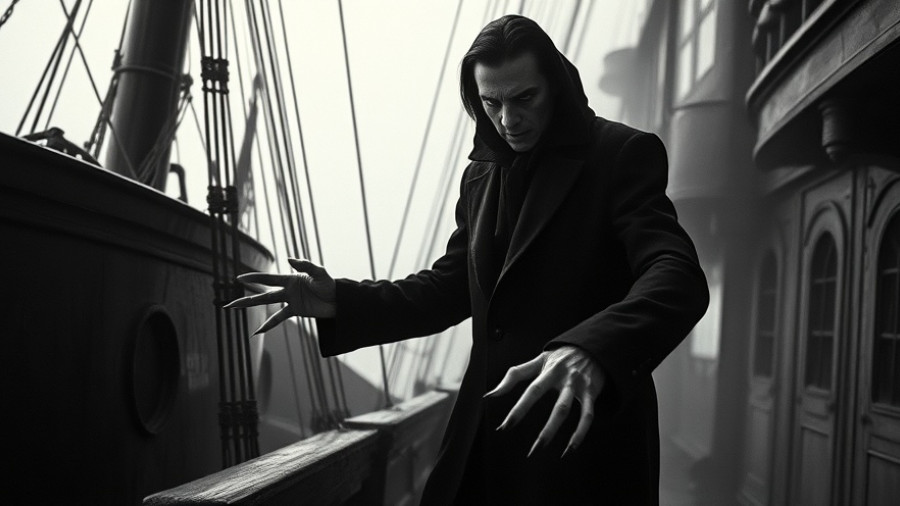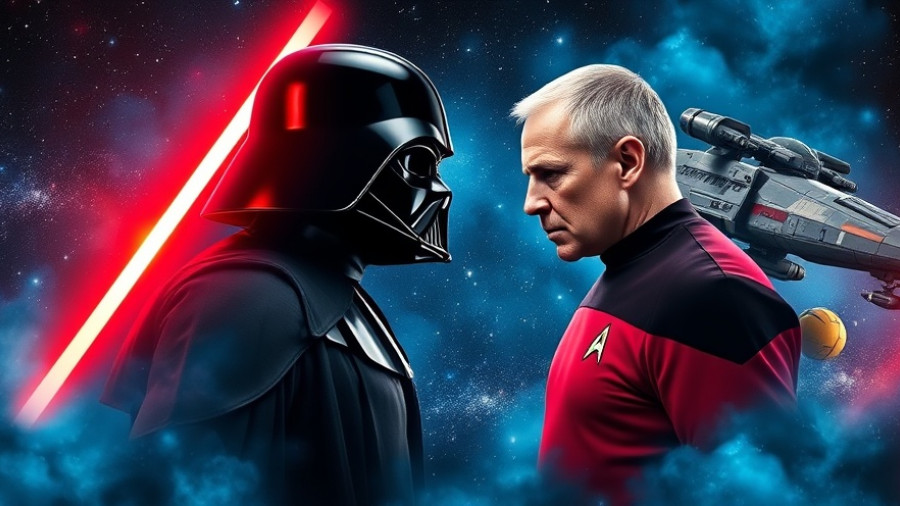
A Glimpse into the Past: The Animated Series Revives Iconic Characters
While the Back to the Future franchise wrapped up its theatrical journey in 1990 with the third installment, its story didn’t end there. Following the cinematic conclusion, fans were treated to tales of time travel and adventure in Back to the Future: The Animated Series, which aired shortly after. This Saturday morning delight featured Doc Brown, played by the beloved Christopher Lloyd, navigating outrageous situations with his family while introducing new characters and intricate storylines. One particularly captivating episode reveals a fresh perspective on the franchise's history as it plunges into the medieval era.
The Medieval Adventures of Marty and Jennifer
In the animated episode titled "A Family Vacation," Doc Brown and his family travel to 1371 England, where they encounter versions of Biff, Marty, and Jennifer that add intriguing layers to the existing mythology. It's a delightful tribute to the original films, showcasing not only the comedic interplay of ancestor dynamics but also how these personalities are interwoven through generations.
The medieval adaptations are humorous representations, especially with Lord Biffingham, who captures the classic villain traits of Biff Tannen, igniting laughs while giving a nod to *Back to the Future's* pervasive conflict between the two characters. This comedic spin keeps the essence of the franchise intact, while also refreshing it with new narratives.
Unpacking the Legacy: Origins of the McFly Clan
In this episode, we also meet Harold McFly, who intriguingly takes us a step further in understanding where Marty McFly's lineage begins. Harold's introduction sets the stage for the realization of why Marty’s journey has a distinct Irish connection, ultimately leading to the character of Seamus McFly introduced in the third film. This seamless connection between the animated series and the films showcases the creators' commitment to maintaining continuity in storytelling.
This concept of ancestry not only enhances the backstory of the McFly family but also imparts a feeling of nostalgia to fans who revel in the heritage of their beloved characters. Understanding who they were before the Wild West adds depth and supports the franchise’s ongoing legacy.
The Significance of Time Travel Narratives
The recurring theme of time travel in the Back to the Future franchise allows for exploration of various eras and what they reflect about the characters. By jumping back to the Middle Ages, the show not only entertains but also prompts viewers to think about how encounters with history can highlight traits and struggles that are very much alive today.
The incorporation of medieval elements offers an intersection of humor and history, encouraging fans to consider how the actions of characters across different times can resonate with contemporary issues, such as family ties and personal growth.
Enduring Appeal: Why Back to the Future Still Matters
The humorous approach taken in the animated series, combined with the rich tapestry of characters from the original trilogy, ensures that the Back to the Future saga continues to captivate audiences. The animated medium introduced a new generation to the franchise, allowing modern viewers to connect with Marty and Doc's escapades in a fresh light.
In a world increasingly interested in nostalgia and the comfort of familiar stories, the continuation of such beloved characters through various narrative styles serves to keep the franchise's spirit alive. This is an essential endeavor, as it reminds us how timeless messages about friendship, bravery, and adventure can resonate in all eras.
Join the Conversation!
The Back to the Future animated series may not have achieved the cult status of the films, but it undoubtedly colored the landscape for how we perceive the narrative richness of time-travel stories. If you haven’t seen the animated episodes, now is the prime time to dive back into the adventures of Doc Brown!
 Add Row
Add Row  Add
Add 




Write A Comment